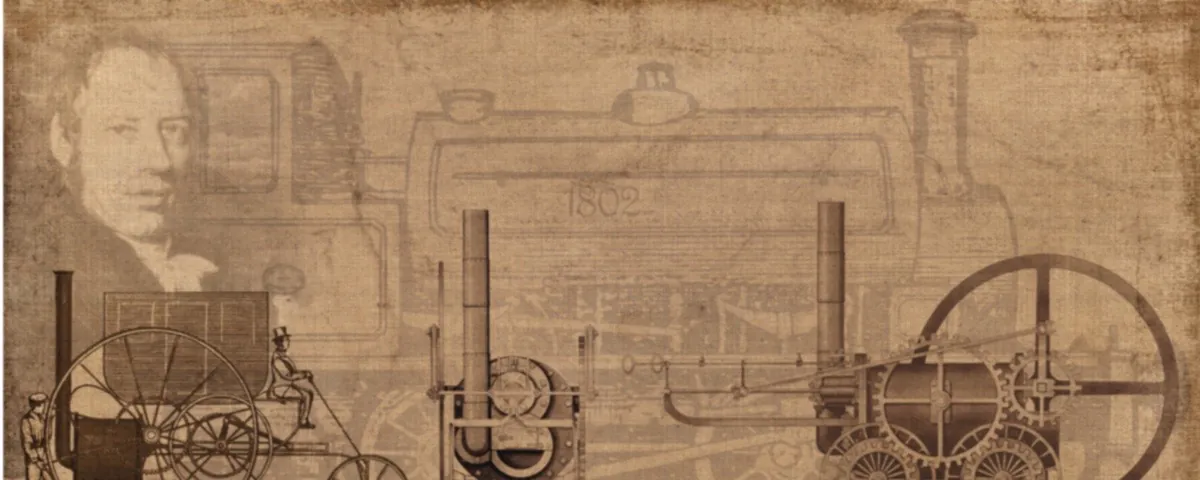
R&D people are familiar with this situation: Sitting alone before the laptop, doing regular patent researches, generating ideas with the hope to develop a patentable solutions, tackling current technical problems and meeting the annual KPIs in invention disclosures.
This traditional way of developing innovative and patentable ideas are boring, uninspiring and often inefficient. Why? Because it lacks mutual inspiration, discussion, and cross-disciplinary collaboration.
If you happen to feel the same way, try the Patent Booster Workshop with us, work with your colleagues from different departments in facilitated workshop to boost next technical development in your company.
In a recent workshop with our client from the metal industry, we engaged experts not only from the engineering department, but also from design, sales and friendly and curious colleagues from outside of the division and non-European regions.
This 3-day workshop has the following process:
In his book “Creativity as Exact Science” Altshuller, the developer of TRIZ, wrote:
“For the basic viability of a technical system, the presence and minimal function of the four basic parts of the system are required.”
To perform the main useful function on a so called “object” (the part we change of work on), a system needs to have four elements. These four basic parts are:
A working technical system do have the four parts and is complete. Ideally all parts are working together “orchestrated” and can therefore “collaborate” very well with each other. Loss of system energy is being small between these parts.
With this basic understanding of the system as an further backbone we can improve any current working system and figure out contradictions. Often the control elements are the one system part which has potential for improvement.
By identifying the important and correct contradictions we have a better chance to eleminate the weakness of the current system and develop further solution ideas by applying different inventive principles.

Typically, we have developed a dozen of solution ideas on the first day of the workshop. We applied the Law of Completeness on the second day by going a step back to generate more ideas before we start the evaluation and prioritization.
With the Law of Completeness, a short introduction of the philosophy behind, teams viewed the (technical) system from another perspective, understanding which part is engine, transmission, working unit or control element. During the discussion, some weaknesses of the system were additionally identified, which triggered the second wave of creativity to generate more ideas.
Ideas developed do have a very high quality ready for being a “invention disclosers”. Some of them ending up being filed and recognized as a patent-ready for innovation!
“There are good methods to get out of dead ends. Even experienced engineers can get inspired with the application of new methods.”
“The complexity of a topic can only be analyzed by breaking it into individual parts, in this case we have the possibility to question and rethink the system again.”
“Innovation requires the right approach. With the right approach, ideas will come easily.”
If you are dealing or even struggling with your technical problem/s or looking for input, which could fill your current patent landscape with new ideas, feel free to contact TOM SPIKE for – among others – a Patent Booster Workshop!

Innovation Consulting for business model innovation often sounds strange to development...
What keeps us from successful innovation? Isn’t it supposed to be...
Introduction iEER is an Interreg Europe funded flagship project that has...
You are currently viewing a placeholder content from Google Maps. To access the actual content, click the button below. Please note that doing so will share data with third-party providers.
More Information